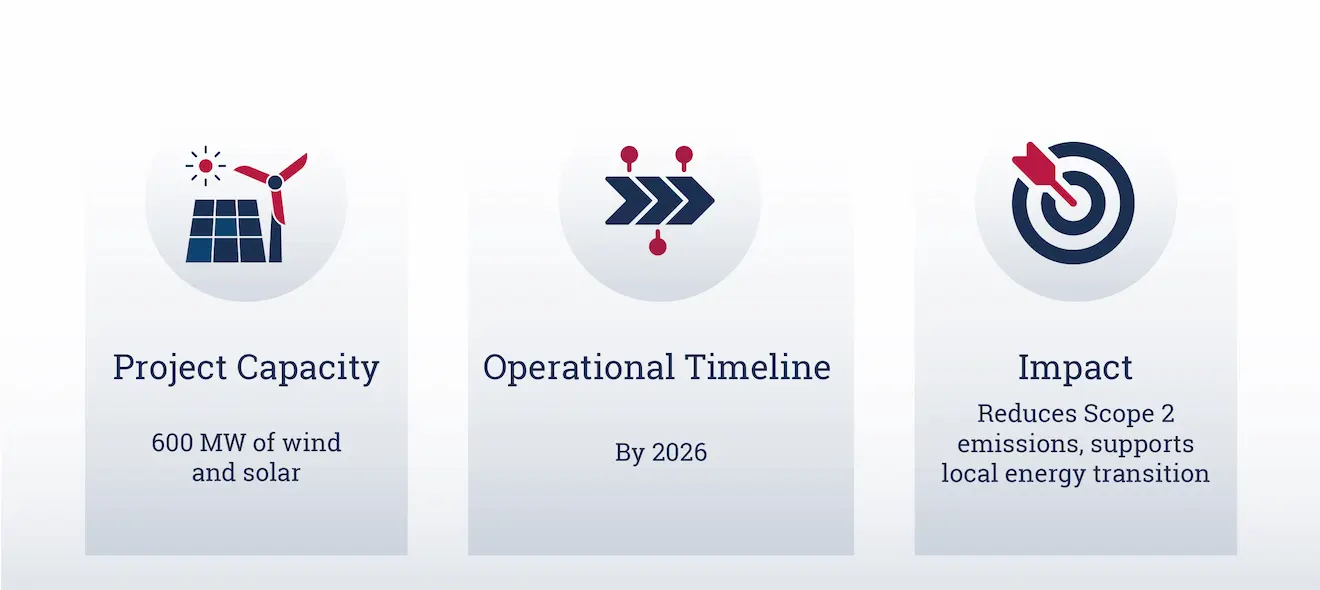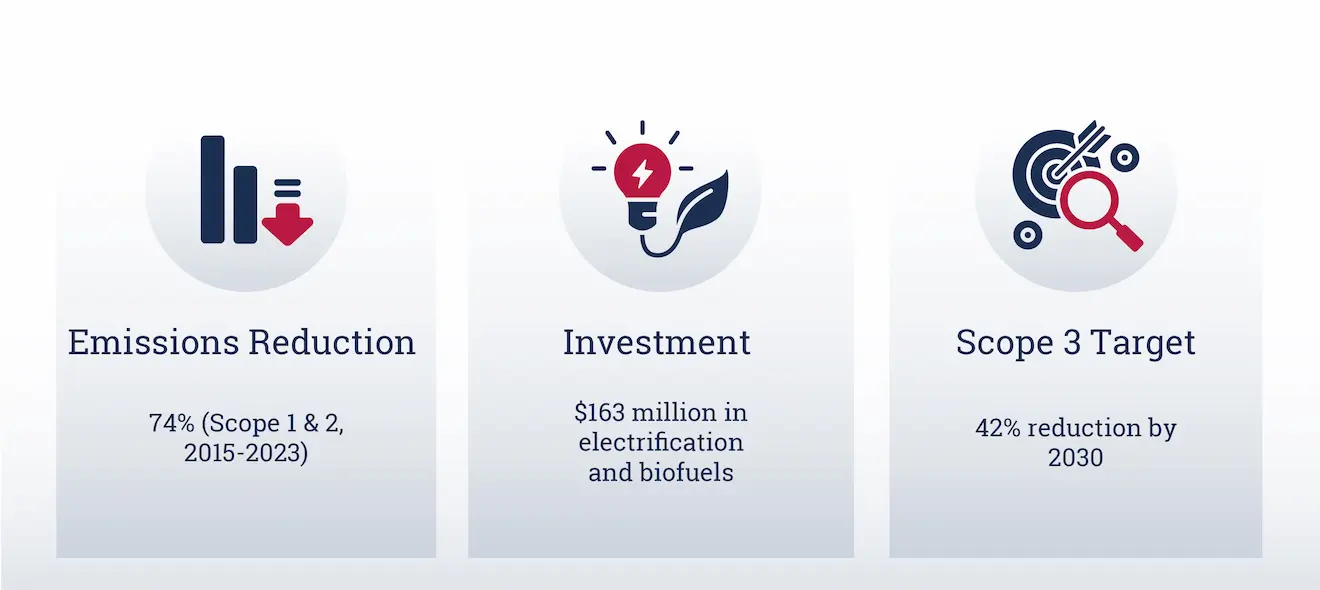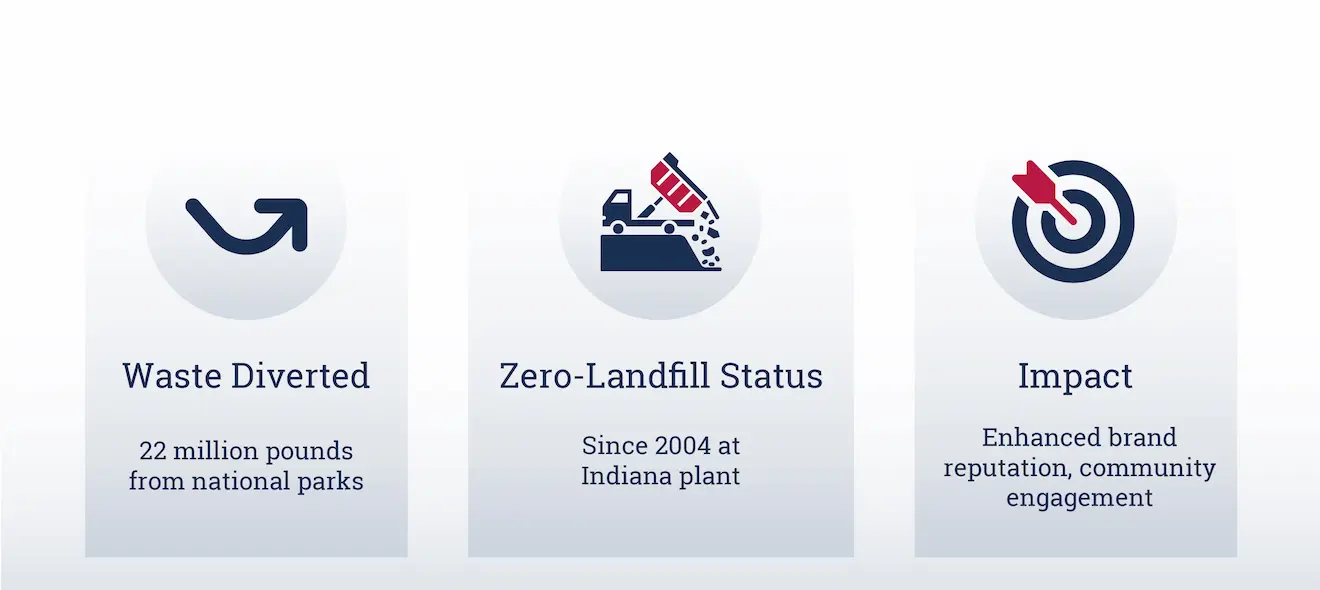Green Business Models are the blueprint for the thriving businesses of tomorrow. Forget vague ideals. We are talking about concrete strategies companies use right now to cut costs, attract loyal customers, and build resilient operations while protecting the planet. These strategies weave environmental and social responsibility into the heart of operations, proving that sustainability and profitability can work hand in hand.
A 2024 PwC survey reveals consumers are willing to pay 9.7% more for sustainably produced goods, highlighting the growing demand for eco-friendly business practices. The green economy itself is booming, with a market capitalization of $7.2 trillion in 2024, growing 13.8% annually over the past decade. We present three compelling case studies that highlight the role of industry leaders in establishing sustainable entrepreneurship and providing lessons for the future.
Why Do Green Business Models Actually Work?
Let's be honest, good intentions alone cannot pay the bills. The real power of sustainable business models lies in their tangible benefits. Think reduced waste equals lower costs. Studies show efficiency-focused companies often see significant savings. Consumers vote with their wallets too, as a significant portion globally is willing to pay more for eco-friendly business practices.
This translates directly into stronger brand loyalty and greater market share. And investors? They are increasingly backing businesses that demonstrate clear environmental leadership in business. It’s smart economics to meet responsibility.
| Green Strategy Impact | Tangible Business Benefit |
| Energy Efficiency | Lower operational costs |
| Waste Reduction | Reduced material expenses |
| Sustainable Supply Chains | Less risk, more resilience |
| Strong Eco-Brand | Higher customer loyalty and premium pricing |
| Transparency | Attracts conscious investors |
Green Companies Case Studies
It is fine to have a theory, but real-world successes are what make a difference in the long run. We have selected three crucial case studies from industry leaders who have followed green business models and are examples of what is possible.
Anglo American: Powering Operations with Renewable Energy

Anglo American, a global mining giant, is slashing its environmental footprint through bold sustainable initiatives. Partnering with EDF Renewables, they launched Envusa Energy to build a renewable energy ecosystem in South Africa. This project includes over 600 MW of wind and solar power, set to be operational by 2026. By shifting to clean energy, Anglo American is cutting Scope 2 emissions and bolstering South Africa’s energy grid.
Their approach shows how heavy industries can adopt renewable energy to reduce their environmental impact while supporting local economies. This collaboration not only lowers costs but also enhances their reputation as a leader in environmental leadership in business.
Unilever: Drastic Reduction in Operational Emissions

Unilever, a consumer goods powerhouse, has slashed its carbon emissions by 74% in operational emissions (Scope 1 and 2) from 2015 to 2023, surpassing its short-term goals. Their strategy is to invest in energy-efficient technologies, sourcing renewable energy, and rallying suppliers through their Supplier Climate Program. Unilever’s commitment extends to Scope 3 emissions, targeting a 42% reduction by 2030.
By fostering a culture of sustainability across their supply chain, they have enhanced brand loyalty and cut costs. This case study is a beacon for sustainable business case studies for students, showing how bold targets drive long-term success.
Subaru: Achieving Zero Waste to Landfill

Subaru, an automotive leader, has redefined waste management by achieving zero waste to landfill at its Indiana plant since 2004. Every scrap is reused or recycled, preventing landfill contributions. Their efforts extend beyond the factory: Subaru’s partnership with the National Park Service has diverted 22 million pounds of waste from national parks since 2015.
By reducing waste at the source and sharing expertise, Subaru showcases sustainable practices that inspire others. This green company’s case study highlights how waste reduction can enhance brand image and community trust.
Lessons for Future Leaders
These green leadership case studies reveal powerful lessons for aspiring leaders.
- First, embedding sustainability is not an add-on; it is a core strategy. Anglo American’s partnership with EDF shows how alliances can accelerate innovative green business strategies.
- Second, transparency builds trust. Unilever’s 74% emissions cut proves that ambitious targets drive meaningful change.
- Third, innovation pays off. Subaru’s zero-landfill success underscores the value of comprehensive waste management strategies.
Sustainable business case studies for students reveal common threads: start by measuring your impact (you cannot manage what you cannot measure), focus on long-term value over short-term gains, and engage your whole team in fostering a culture of responsibility.
How future leaders can embrace sustainability starts with understanding the practical applications, not just lofty ideals. Look for inefficiencies such as wasted energy, materials, or effort, that’ may provide low-hanging fruit for sustainable initiatives.
Green Means Growth: The Bottom-Line Advantage
The link between green practices and profit is undeniable. Beyond the ethical imperative, eco-friendly business practices drive efficiency. Using less energy? That means lower bills. Designing products to last or be recycled? That reduces material costs and waste fees. Streamlining supply chains through ethics and efficiency minimizes disruptions and builds resilience.
Consumers reward authenticity. Brands genuinely committed to sustainable practices earn fierce loyalty, allowing premium pricing. Investors increasingly see robust sustainability plans as indicators of competent, forward-thinking management – reducing risk and attracting capital. It is not about sacrificing profit; it is about redefining how profit is generated. Innovative green business strategies unlock new markets and create lasting value.
Building Your Sustainable Leadership Toolkit
So, how can future leaders embrace sustainability effectively? Start thinking like these case study champions. Analyze problems through a sustainability lens – where is the waste? Where is the risk? Where is the opportunity for positive impact? Develop skills in systems thinking to understand how environmental, social, and economic factors interconnect. Champion transparency within the teams you will lead and organizations.
Schiller International University's Master in Sustainability Management equips you with exactly this toolkit. Dive deep into strategic frameworks, impact measurement, ethical leadership, and the business acumen needed to design and implement winning green business models. It is practical preparation for leading the change.
Shape a Sustainable Future with Schiller
These green leadership case studies prove that it’s achievable across industries. For aspiring leaders, understanding and applying these innovative green business strategies is fundamental to their long-term success. Schiller’s Master in Sustainability Management equips you with the tools to implement green business models. From analyzing supply chains to mastering clean energy strategies, this master’s program prepares you to drive environmental leadership in business.
Future leaders can shape a better world by adopting these innovative green business strategies. Ready to lead the charge?
FAQs
Q1: What are green business models and why are they important for future leaders?
Answer: Green business models blend environmental and social responsibility with profitability, ensuring sustainable growth. They matter because they tackle climate change and meet consumer demand for eco-friendly business practices, preparing leaders for a long-term sustainable future.
Q2: What can future leaders learn from green business case studies?
Answer: Leaders can learn how to set bold sustainability goals, innovate through partnerships, and reduce waste effectively. These green leadership case studies offer practical strategies for building resilient, eco-conscious businesses.
Q3: What industries are most impacted by green business practices?
Answer: Manufacturing, energy, and transportation face the greatest impact due to their high environmental footprint. Similarly, retailers and technology companies are adopting sustainable initiatives to meet consumer expectations.
Q4: How can aspiring leaders incorporate green business strategies into their careers?
Answer: Study sustainability principles, join companies with strong green initiatives, and advocate for sustainable practices. Programs such as Schiller’s Master in Sustainability Management provide essential expertise.
Q5: How do green business models contribute to long-term profitability?
Answer: They drive cost savings through efficiency, enhance brand reputation, attract eco-conscious consumers, and ensure compliance, all boosting long-term profitability.

 Request information
Request information









